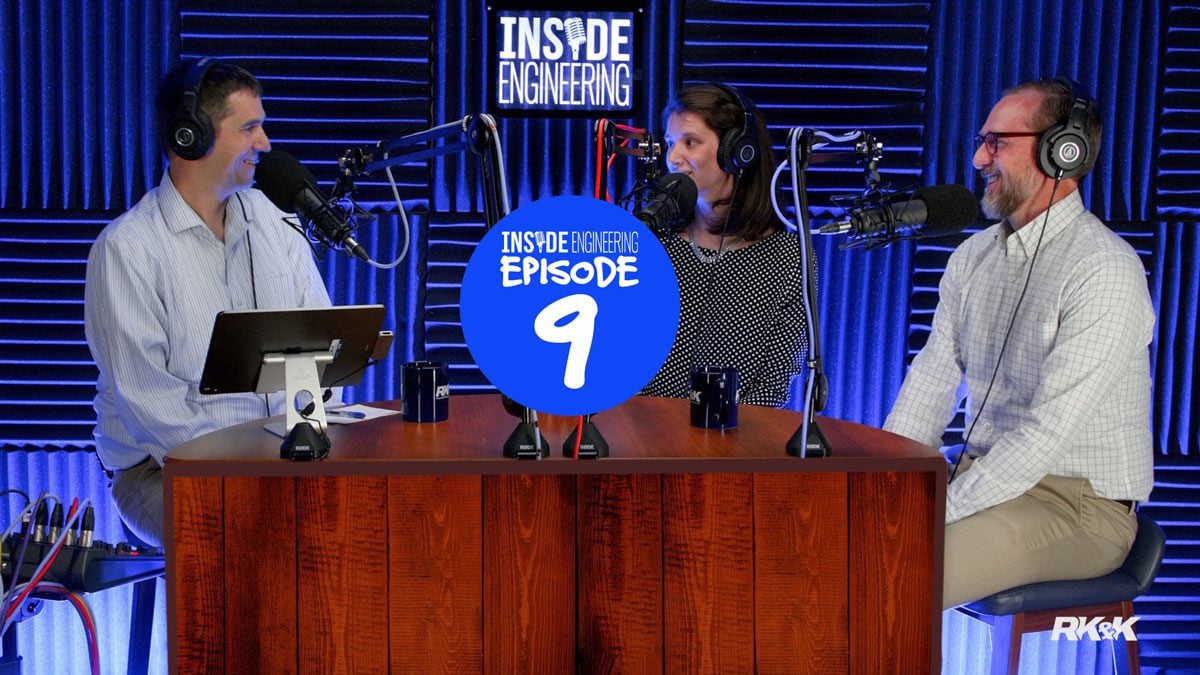Listen
Watch

Show Notes
Chapters
Measuring Success
Karen measures success by how she and her teams are able to protect cultural resources through their work.
Career Advice
Karen says it’s important to specialize and there’s high-demand for specialists. Both she and Matt agree that knowing GIS is a must.
Matt says that not giving up and continuing to pursue your goals, even when feeling disheartened, is key. He also emphasized the importance of soft skills. “You could be the best archaeologist out there, but you’re not going to be successful if you can’t open up a Word document and operate a printer.”
Pick of the Week
Karen’s pick is the Bear Brook podcast, which covers the topics of archaeology, DNA, and genealogy to uncover a murderer.
Matt’s pick is the Richmond Folk Festival. Tim would like to apologize for forgetting to tell Matt that this episode wouldn’t air until after the festival. That being said, Matt stands by his pick and the 2020 Richmond Folk Festival is the place to be.
